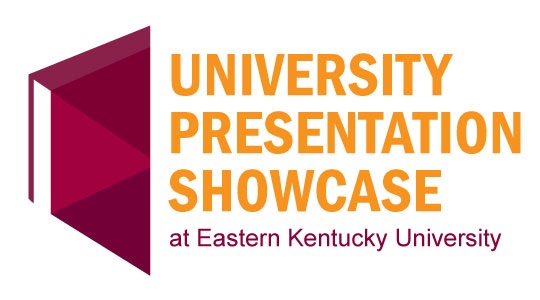
University Presentation Showcase: Undergraduate Division
Curation of the lichen and bryophyte collection in the Ronald L. Jones herbarium
Presenter Hometown
Georgetown
Major
Sociology
Department
Anthropology, Sociology, and Social Work
Degree
Undergraduate
Mentor
Sally Chambers
Mentor Department
Biological Sciences
Recommended Citation
Dellinger, Alessandra J., "Curation of the lichen and bryophyte collection in the Ronald L. Jones herbarium" (2025). University Presentation Showcase Event. 40.
https://encompass.eku.edu/swps/2025/undergraduate/40
Abstract
Lichens and bryophytes are often considered ‘cryptograms’, which are organisms that are difficult to identify by morphology alone. They are also difficult to curate in traditional herbaria as they are often not pressed into a two-dimensional format as other plants are. This project developed a method to curate the lichen and bryophyte collections in the Ronald L. Jones (EKY) herbarium, which is the largest repository of scientifically documented plants in the state. This is a great scientific resource for local botanists and international botanists that seek to observe properly curated and imaged records or use occurrences in their scientific research and conservation practices. In the EKY herbarium, many ‘cryptograms’ are in need of curation. This project helped address these needs by inventorying the cryptograms, testing a newly developed mounting protocol, and integrating into the SERNEC database to share these collections globally.
Presentation format
Poster
Curation of the lichen and bryophyte collection in the Ronald L. Jones herbarium
Lichens and bryophytes are often considered ‘cryptograms’, which are organisms that are difficult to identify by morphology alone. They are also difficult to curate in traditional herbaria as they are often not pressed into a two-dimensional format as other plants are. This project developed a method to curate the lichen and bryophyte collections in the Ronald L. Jones (EKY) herbarium, which is the largest repository of scientifically documented plants in the state. This is a great scientific resource for local botanists and international botanists that seek to observe properly curated and imaged records or use occurrences in their scientific research and conservation practices. In the EKY herbarium, many ‘cryptograms’ are in need of curation. This project helped address these needs by inventorying the cryptograms, testing a newly developed mounting protocol, and integrating into the SERNEC database to share these collections globally.

